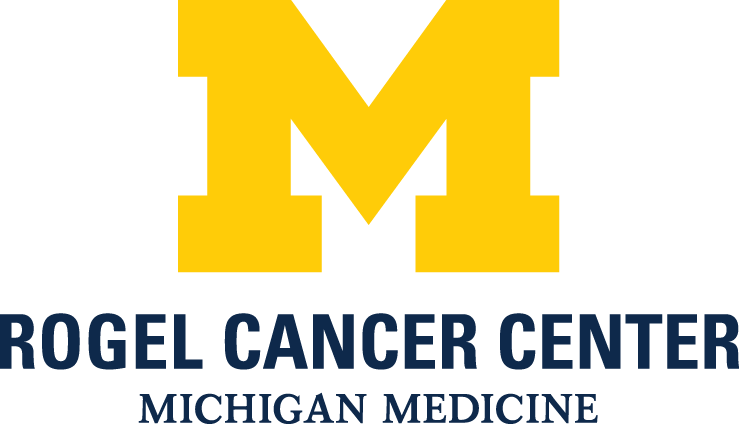
Study Identifies Gaps in End-of-Life Care for Patients Eligible for Both Medicaid and Medicare

“Health care providers should be aware of this gap in care for dual-eligible patients and other vulnerable populations so that needs can be identified and resources can be appropriately directed.”
Patients with dual-eligible status for Medicaid and Medicare are more likely to receive “aggressive” end-of-life care, defined as repeated emergency room visits, hospitalizations, and intensive care unit admissions in place of hospice care services, reveal findings from a study published in Cancer. Furthermore, findings suggest that patients at comprehensive cancer centers or integrated delivery systems experience superior quality end-of-life care.
Among 100,549 patients over the age of 65 who died during the study interval, the 22% who were dually eligible for both Medicaid and Medicare reported inferior care across nearly every predefined measures. Compared with nondual beneficiaries from the same population, dual beneficiaries reported higher rates of hospitalization per 30 days (12.6% vs 11.3%, respectively; P < .001), and a higher number of patients who died in the hospital setting (30.2% vs 26.2%; P < .001). Moreover, less hospital deaths and better access to palliative services were associated with care in a cancer center-affiliated delivery system.
“Dual-eligible beneficiaries dying of cancer have higher utilization at the end of life in comparison with non–dual eligible beneficiaries across most measures,” said Lindsey A. Herrel, MD, MS, University of Michigan, and colleagues. “Second, certain differences in utilization at the end of life for dual-eligible beneficiaries are mitigated in part by receiving care at an affiliated delivery system such as a cancer center or an integrated delivery network. These findings highlight important system-level opportunities to reduce high-intensity care at the end of life and improve the quality of end-of-life care for dual-eligible patients with cancer.”
Researchers utilized the surveillance, epidemiology, and end results (SEER) registry data connected to Medicare claims to analyze quality of care for beneficences who received a diagnosis between 2009 and 2014 and died from their disease. Seven end-of-life quality measures were linked to high-intensity or “aggressive” care and were measured with multivariable logistic regression models. Researchers used regression-based techniques to differentiate between cancer center or integrated delivery networks versus hospitals without similar affiliations.
The Blinder-Oaxaca decomposition model was used to identify treatment quality gaps between the various groups. Data showed that for dual-eligible beneficiaries, treatment at an “affiliated delivery system” resulted in a quality-of-care gap reduction by 95% in terms hospitalization (P = .02), 90% in-hospital setting deaths (P < .001), and a 57% reduction in hospice service utilization.
One possible limitation of the study was that cancer centers and integrated systems were classified together. In reality, quality of care between dual beneficiaries may differ between those 2 delivery care systems due to different mechanisms, resources, and philosophies. Furthermore, the inclusion criteria excluded beneficiaries under the age of 65 so the results from this study may not be generalizable to that population.
The study authors also noted that care at the end of life is highly personal and that the level of care “intensity” at the end of life should be determined by a patient with the support of their family and care team.
“Although often times patients, particularly those with constrained resources, have limited options on where to receive care, where patients receive care is a potentially modifiable factor, and they may specifically seek out physicians and other health care providers with whom they feel most comfortable discussing end-of-life scenarios and preferences,” concluded the authors. “Physicians and other health care providers should be aware of this gap in care for dual-eligible patients and other vulnerable populations so that needs can be identified and resources can be appropriately directed to patients and families who need them.
“For health systems, there is an opportunity to improve value in care at the end of life by devoting time and resources to help providers to develop improved communication skills and a deeper knowledge of how to elicit patient preferences across the spectrum of patients, regardless of vulnerability, and by using available resources to deliver goal-concordant care.”
Reference
Herrel L, Ziwei Z, Ryan AM, Hollenbeck BK, Miller DC. Intensity of end-of-life care for dual-eligible beneficiaries with cancer and the impact of delivery system affiliation. Cancer. 2021;(0)1-8. doi: 10.1002/cncr.33874
Newsletter
Knowledge is power. Don’t miss the most recent breakthroughs in cancer care.































































































